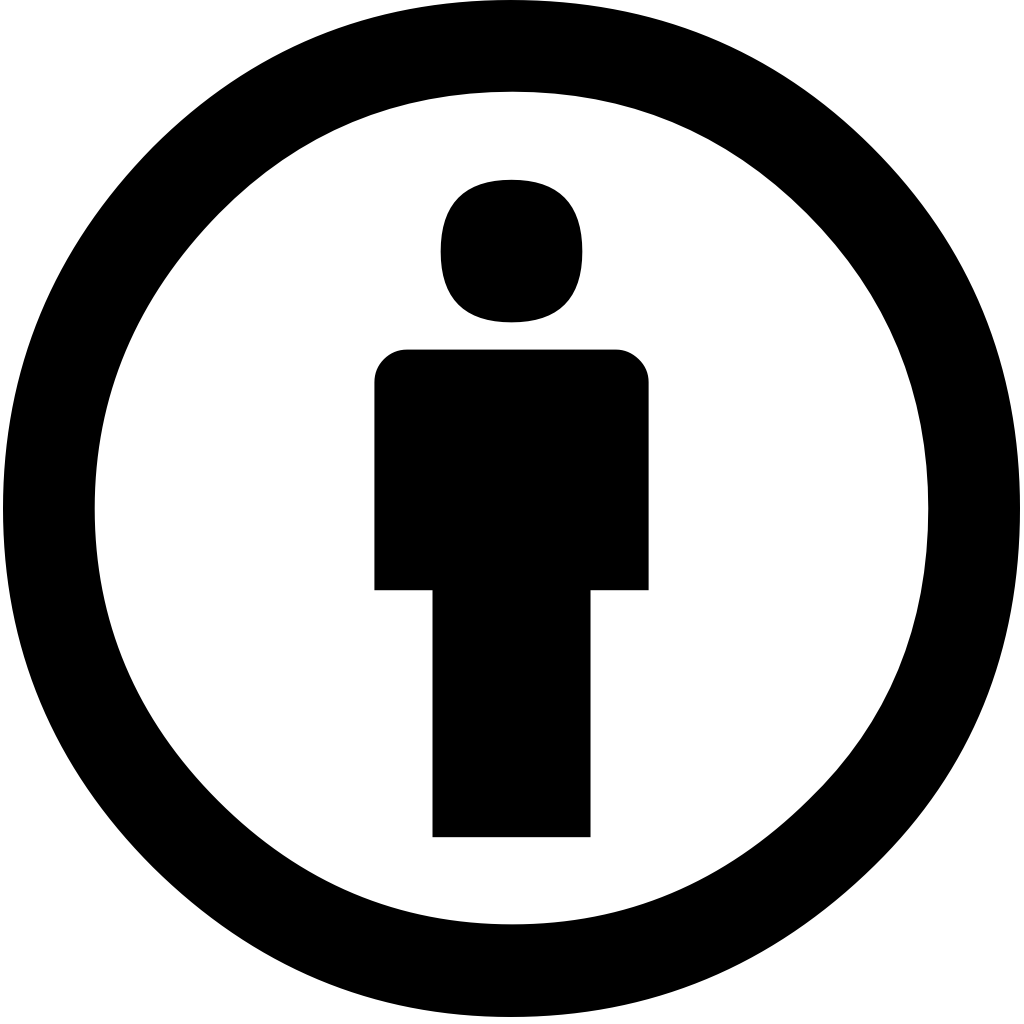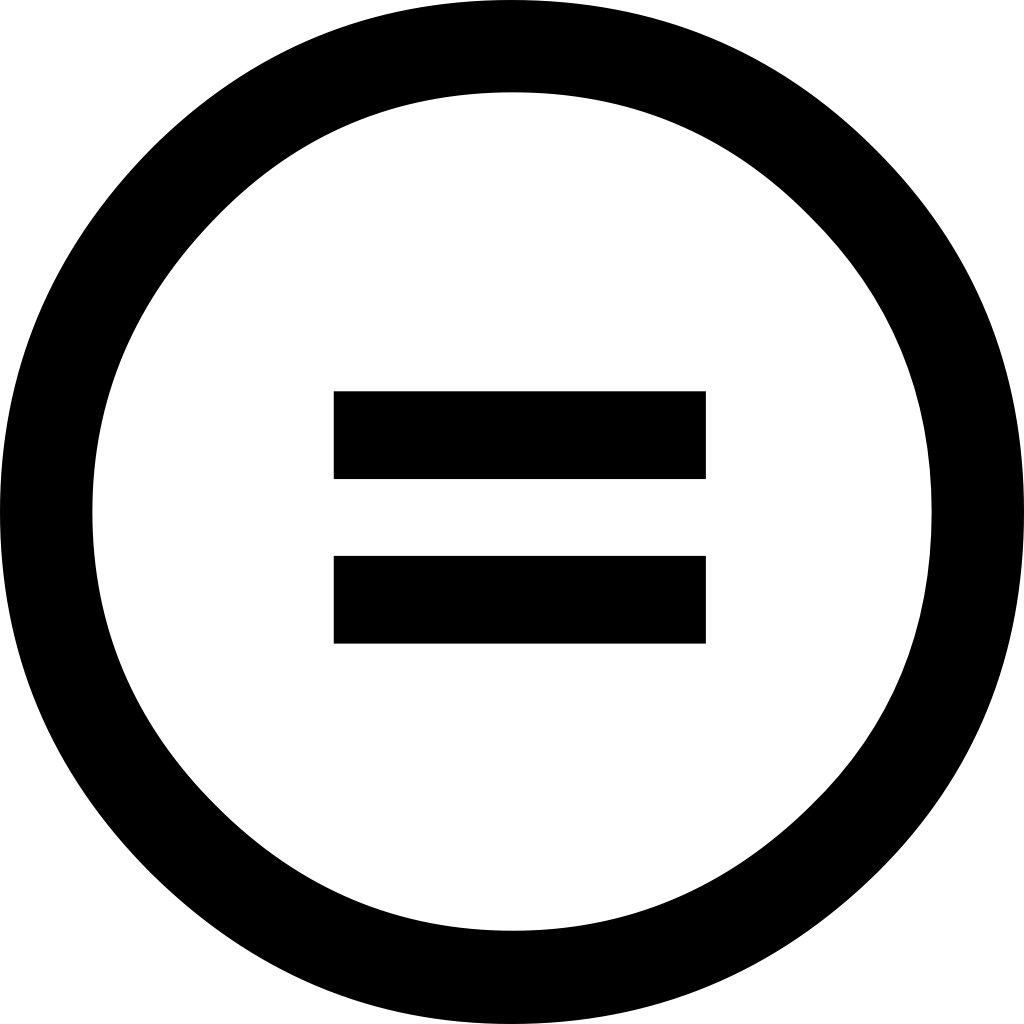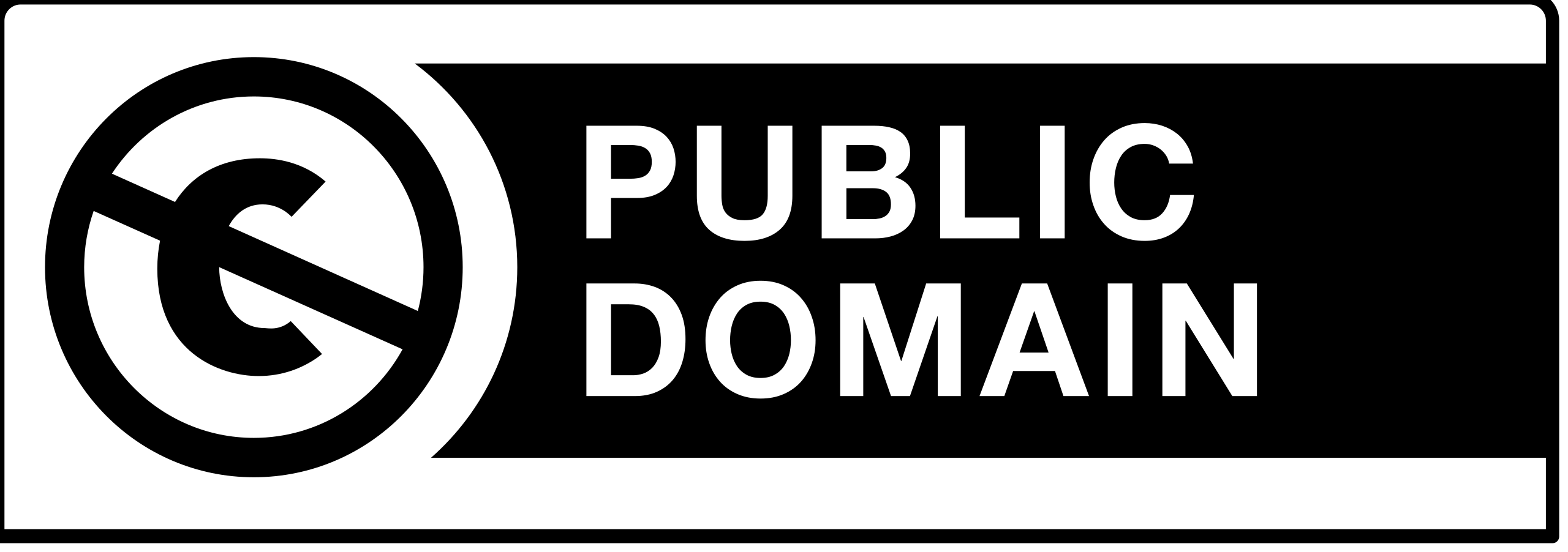Concordia / Library / Copyright Guide / Open use
Works accessible through open use
Public domain
Out of copyright
Works that are not under copyright and which are part of the “public domain” can be freely copied, distributed, adapted and performed without permission from the author or the payment of royalties.
Public domain includes certain things not covered by copyright in the first place—titles, names, slogans, word combinations, ideas, facts—as well as works with expired copyright. It is worth noting, however, that some things, which under copyright would be under the public domain, could nonetheless be covered under other intellectual property rights, such as trademark protections.
Areas of nuance
The copyright of works by famous creators such as Shakespeare, Kant, Da Vinci and Mozart has long expired. However, a published compendium of Shakespeare may include additional contributions in the form of introductory essays and detailed commentary, such as in the footnotes. While the newer additions generate copyright, the public domain works remain out of copyright.
For works with expired copyright, the rule of territoriality applies to the public domain. This means that a work may fall into the public domain in Canada but not in the United States, for example. Where a work is used and distributed is generally the determining factor. In Canada, copyright generally expires 70 years after the death of the author, but there are important exceptions to this principle.
Use the Canadian Copyright Term and Public Domain Flowchart from the University of Alberta to determine whether a work is in the public domain.
Creative Commons
Some other works are licensed through open licences, such as Creative Commons licences, that allow certain uses by granting permission without payment of royalties, sometimes with conditions applicable.
Creative Commons (CC) defines itself as “a nonprofit organization that helps overcome legal obstacles to the sharing of knowledge and creativity to address the world’s pressing challenges.” CC licences are standard, easy-to-use and understand copyright licences that anybody can apply to work in which they own the copyright to allow others to share, remix, or use their work without requiring the user to contact them (the copyright holder) to ask for permission. The owner may choose which of the permissions set forth below they would like to grant to users.
Potential permissions included as part of CC licences
| CC icon | Abbreviation | Name | Licence condition |
|---|---|---|---|
 |
BY | Attribution | Credit must be given to the creator |
 |
SA | ShareAlike | Adaptations must be shared under the same terms |
 |
NC | NonCommercial | Only noncommercial uses of the work are permitted |
 |
ND | NoDerivatives | No derivatives or adaptations of the work are permitted |
Permissions that are not CC licences

CC0 is not technically a licence. The Creative Commons Public Domain Dedication enables copyright holders to place their work in the public domain.

Public Domain Mark is not a licence. It enables users to indicate where they know works to be free of copyright restriction and thereby in the public domain.
Six Creative Commons licences
| Icon(s) | Name | Copy & publish | Attribution required | Commercial use | Modify & adapt | Change licence |
|---|---|---|---|---|---|---|
 |
CC BY | |||||


|
CC BY-SA | |||||


|
CC BY-ND | |||||


|
CC BY-NC | |||||



|
CC BY-NC-SA | |||||



|
CC BY-NC-ND |
"Six Creative Commons licences" is adapted from Creative Commons Licenses by Ricardo56, and is used under a CC BY-SA 2.0 licence
Considerations when deciding which licence to use
Start by noting the intended purpose of your work.
Once you have a sense of your intended purpose, find out more about the specific licences. Creative Commons provides further detail about each of their licences. See About CC licenses.
Creative Commons also provides a Licence Chooser Tool.
Keep in mind that not all CC licences are suited to Open Educational Resources. Licences that do not permit derivatives (where ND is in the licence) will not be considered Open Educational Resources (see CC Licences and OER).
Provide attribution information for works with Creative Commons licences
You should indicate on your work how you would like your work to be attributed. Attribution statements should include:
- Title
- Author
- Source: Include the source link
- Licence: Name the licence and link to its terms
Example: Title by Author. Source. CC BY 4.0
You will need to know how to mark your work with a CC licence
Include an attribution statement within the document itself, which will help downstream users know what they are permitted to do with a work that has been created or adapted. Attribution statements also help maintain appropriate credit to the work, thereby supporting best practices for copying, sharing and otherwise using a work.
Including attributions for various types of media
Creative Commons (CC) provides a quick and easy overview on including attributions for websites, blogs, offline documents, images, presentations, video, audio, datasets, etc. For more information, see Marking your work with a CC license.
Someone who creates a collection generally gains copyright over the collection but not the copyrighted works within.
A collection can be licensed as permitting commercial use (BY, BY-SA, BY-ND licences) of the collection. For a commercial collection, it is not recommended to include works with non-commercial licences within it. If someone wanted to use the collection commercially, they would have to contact the rights holders of works where a NC licence was chosen and ask permission.
A collection can be licenced as not permitting commercial use of the collection (CC licences with an NC).
Where to find public domain and Creative Commons works?
Page last reviewed on: 2024-05-07